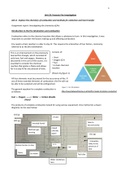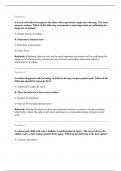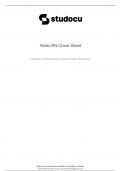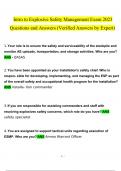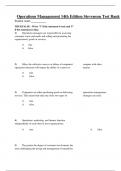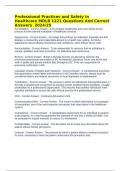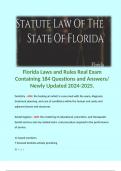Other
Unit 10 Aim A - Explore the chemistry of combustion and methods for extinction and heat transfer
- Institution
- PEARSON (PEARSON)
DISTINCTION awarded assignment. Includes case studies, evaluation and referencing. Aim A - Explore the chemistry of combustion and methods for extinction and heat transfer. Part of unit 10 - FORENSIC FIRE INVESTIGATION
[Show more]
